INSPIRE% [08}: Elizabeth Shreeve spoke with Mia Scharphie of Build Yourself, and a content partner and collaborator of Equity by Design.
Elizabeth Shreeve, design principal at the SWA Group is a woman with many creative interests. Her passion in both arts and science led her to study architecture, and today she’s a design principal, a published children’s book author inspired by her observations as a parent.
“Like I learned in design, you need to give yourself a chance and let the design emerge from the sort of messy, creative process of trying things, brainstorming, failing, reaching dead ends, and then getting a better idea.”
1. Can you tell us a little bit about who you are and what you do?
I am an urban planner and designer, and a leader in SWA Group’s San Francisco and Sausalito studios. I focus on urban infill and revitalization, campus planning, public outreach and communications, and have a special interest in health.
2. Why did you choose to study Landscape Architecture?
My interest in natural systems led me to major in geology in college, where I soaked up art history and studio art classes as well. The two came together in landscape architecture.
3. What Inspires you on a daily basis?
Outdoor places, from my overgrown hillside garden to the wide open San Francisco Bay. And my wonderful colleagues at SWA, a bunch of wonderful design nerds.
4. What are 3 of your most influential projects and Why?
Guthrie Green, an urban park in Tulsa, Oklahoma, transformed a brownfield truck yard into a widely popular gathering place for outdoor concerts, fountains, art, farmers markets and food trucks. A geo-thermal exchange system under the park supplies heating and cooling for the adjacent nonprofit arts organizations.
UC Davis West Village is the first zero net energy planned community in the United States. In the implementation planning phase, the public-private partnership team of developer and University realized that we could go beyond sustainable design to achieve net zero. That was an exciting moment.
Currently I’m leading SWA’s work on the San Francisco State University campus plan update. Time will tell how influential the project is, but I’m also super excited by what I’m doing right now. SF State is a wonderfully diverse community and the campus landscape of historic valleys and forested slopes is challenging and intriguing for our design group.
5. What is the greatest challenge/difficulty that you have had to overcome in your professional career?
When younger, I was afraid to make mistakes. This led me to fall back on what was comfortable and came easily, rather than taking risks.
6. What do you believe has been one of your greatest accomplishments to date? Why?
With the help of my wonderful husband, I managed to function as a principal at SWA while raising three amazing sons. And somewhere in there I got hooked on writing stories for children, some of which have made their way into publication. Check it out: www.elizabethshreeve.com.
While it may seem like my role as a principal, and my work as an author are entirely separate, the creative process is the same whether you're coming up with a design or you're conjuring up a story. Like I learned in design, you need to give yourself a chance and let the design emerge from the sort of messy, creative process of trying things, brainstorming, failing, reaching dead ends, and then getting a better idea.
Then at a certain point the project gets taken over by others. With an architectural design, it gets taken over by people who have stronger technical skills than I do and they turn it into something more specific and more precise, with tools like 3d modelling, and they make it even better. The same thing happens with a story. You develop it and then the publisher takes it and gets an illustrator on board and all of a sudden the illustrator is bringing ideas to the table that you wouldn't have thought of. That's why a publisher keeps you apart from an illustrator in children’s books. They want the artist to bring their own magic to the process.
7. If you could go back in time, what would you tell your 24 year-old self?
I think as you master a craft, you can go one of two ways. You can go in the direction of becoming more regimented, or you can go in the direction of allowing yourself more freedom. I think that creative writing gave me the permission to loosen up a little bit and have more confidence and mastery.
The other thing that writing taught me is you really need to work from your heart. You need to work on things that you care about. In the beginning of my career I felt so grateful to have a job, and later, while raising three sons, I found a niche that was useful to my company and focused on accomplishing whatever needed to be done. As the kids got more independent I could get more creative and expand my range.
So my advice is to be brave! Grab the marker and draw! Listen to the quiet, intuitive voice inside, trust your ideas, and let the creative process unfold.
8. What is the best advice that you ever received and how does that apply today?
Stand up straight. Even if you are tired or clueless or confused. Let your body convince your mind to pay attention.
9. How do you see Architecture changing in the next 10-20 years? What would your role be in the future?
Building architecture may become more prototyped; for example, look at trends in small, fantastic modular homes. Landscape will always be organic, though. As a planner I will be looking for ways to keep people connected to nature and place. Technology-free zoning?
10. We have heard that while the general public respects Architects, they have little knowledge about what we do. Do you have any thoughts about how we can bridge the gap?
Maybe a children’s book series? Hmmm…
On Wednesday, January 3, 2018, Mia Scharphie will be running a free online session on how to set Ambitious & Creative Goals, and will be giving a preview of her course, Double Vision, which features Elizabeth Shreeve as a guest speaker. Find out more and RSVP here for the free session.













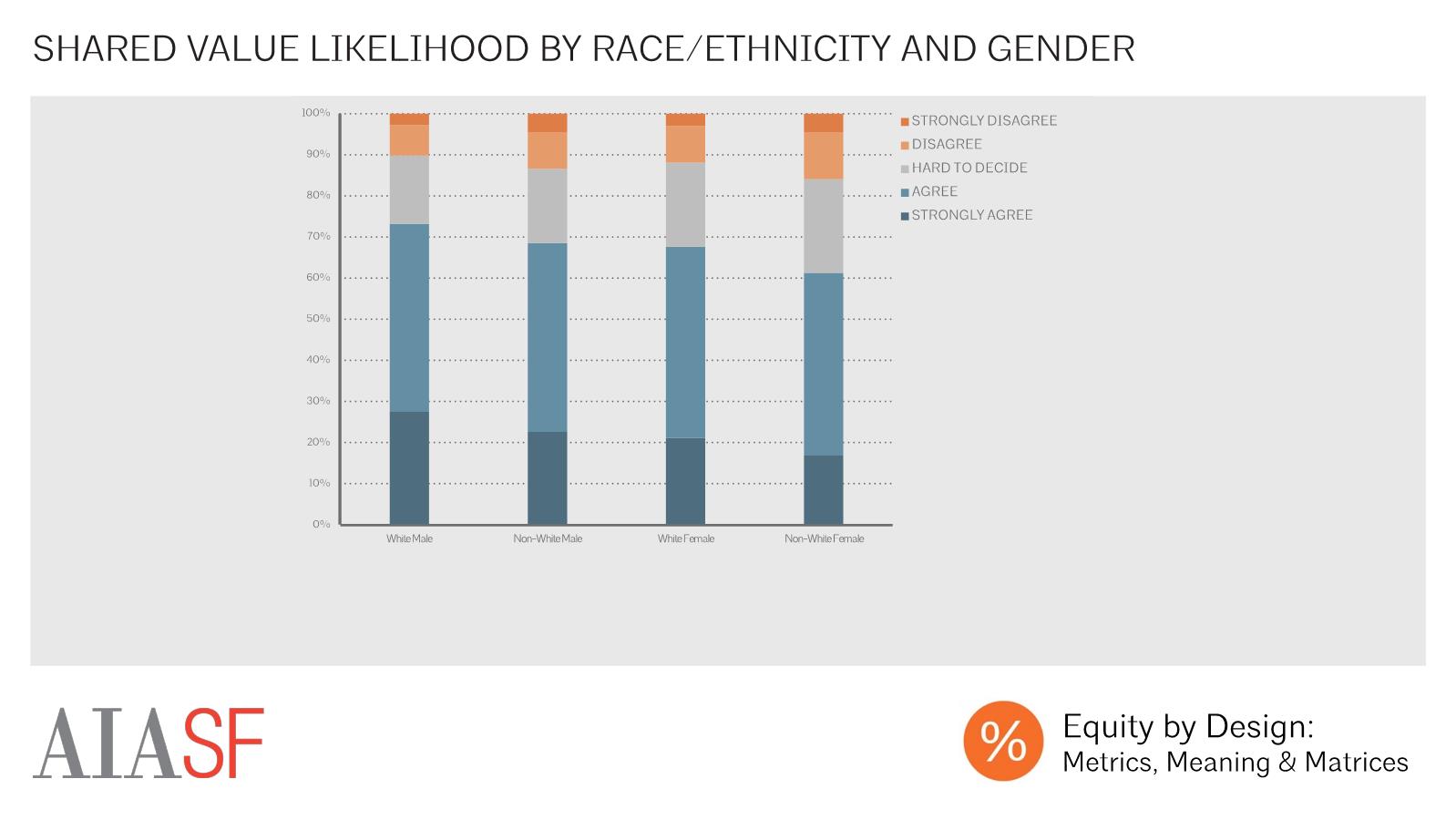






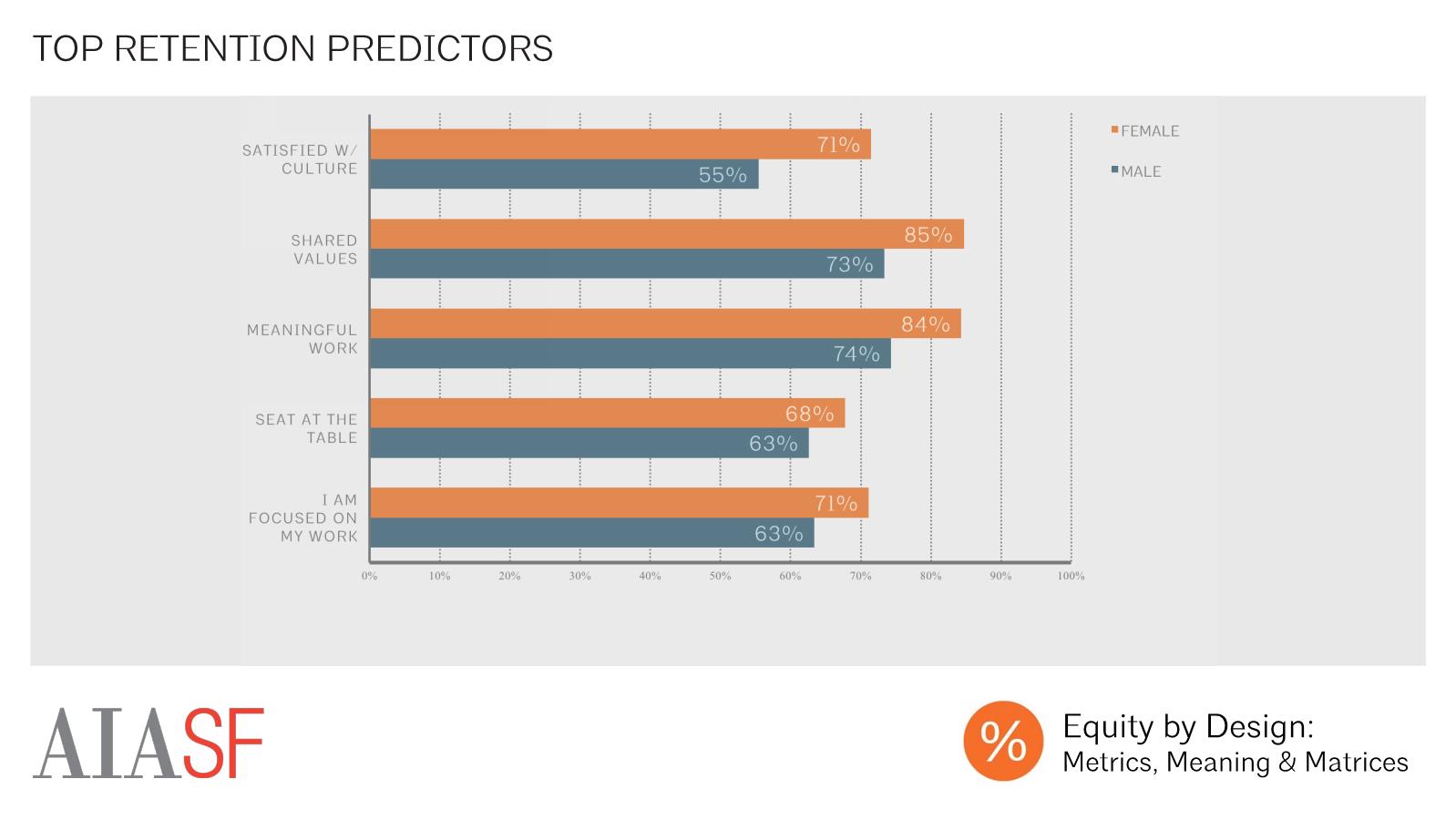

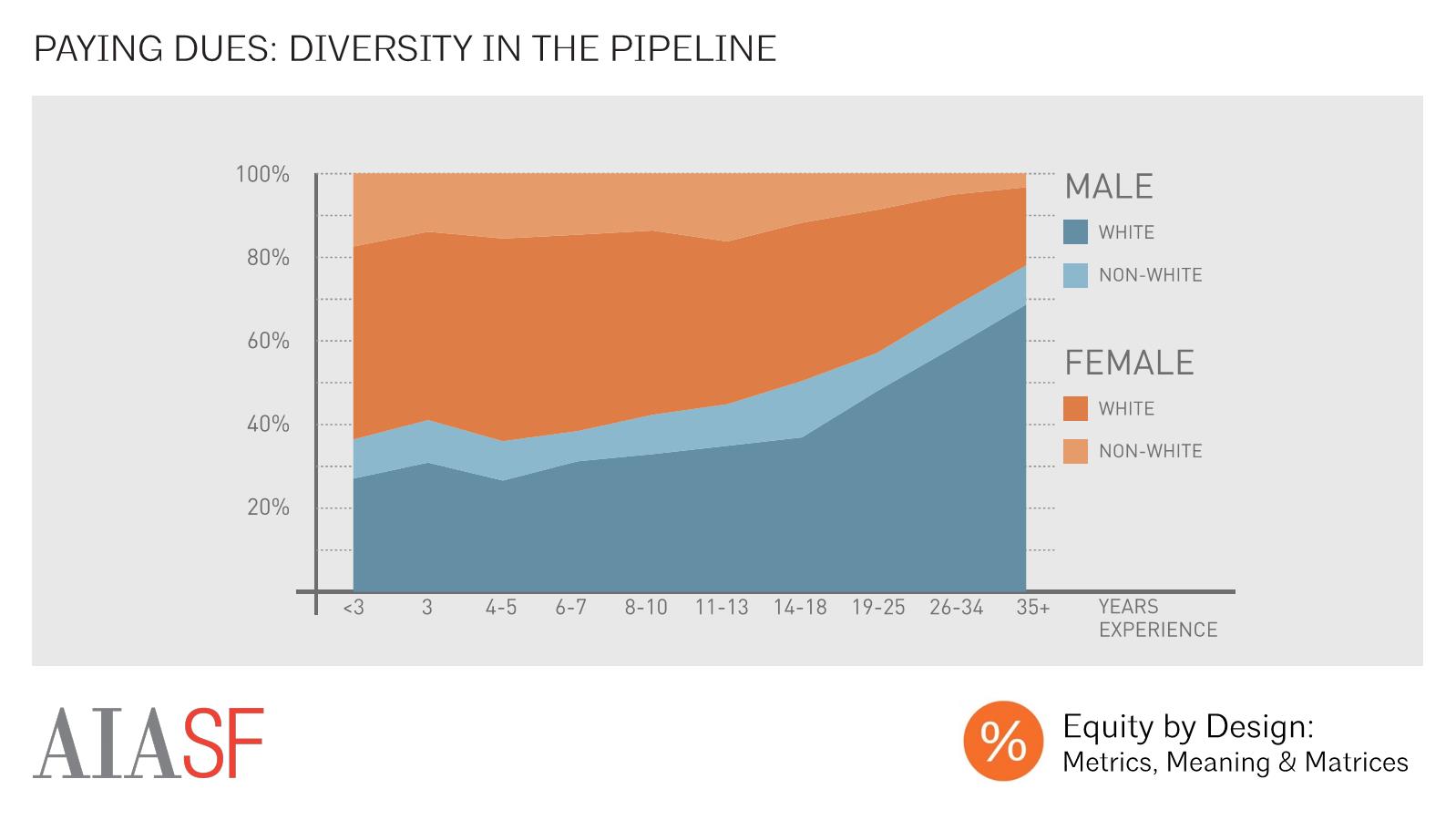
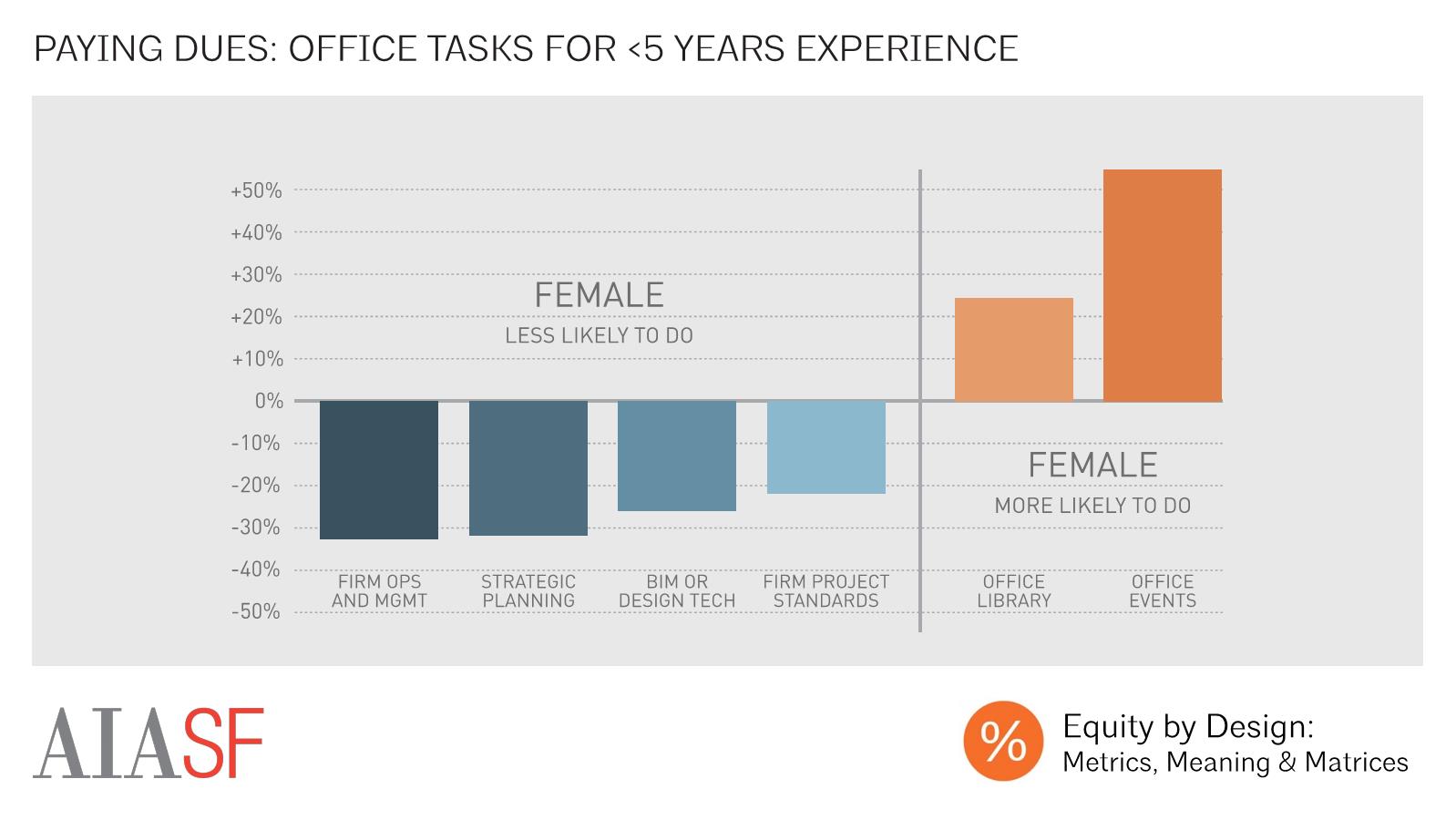










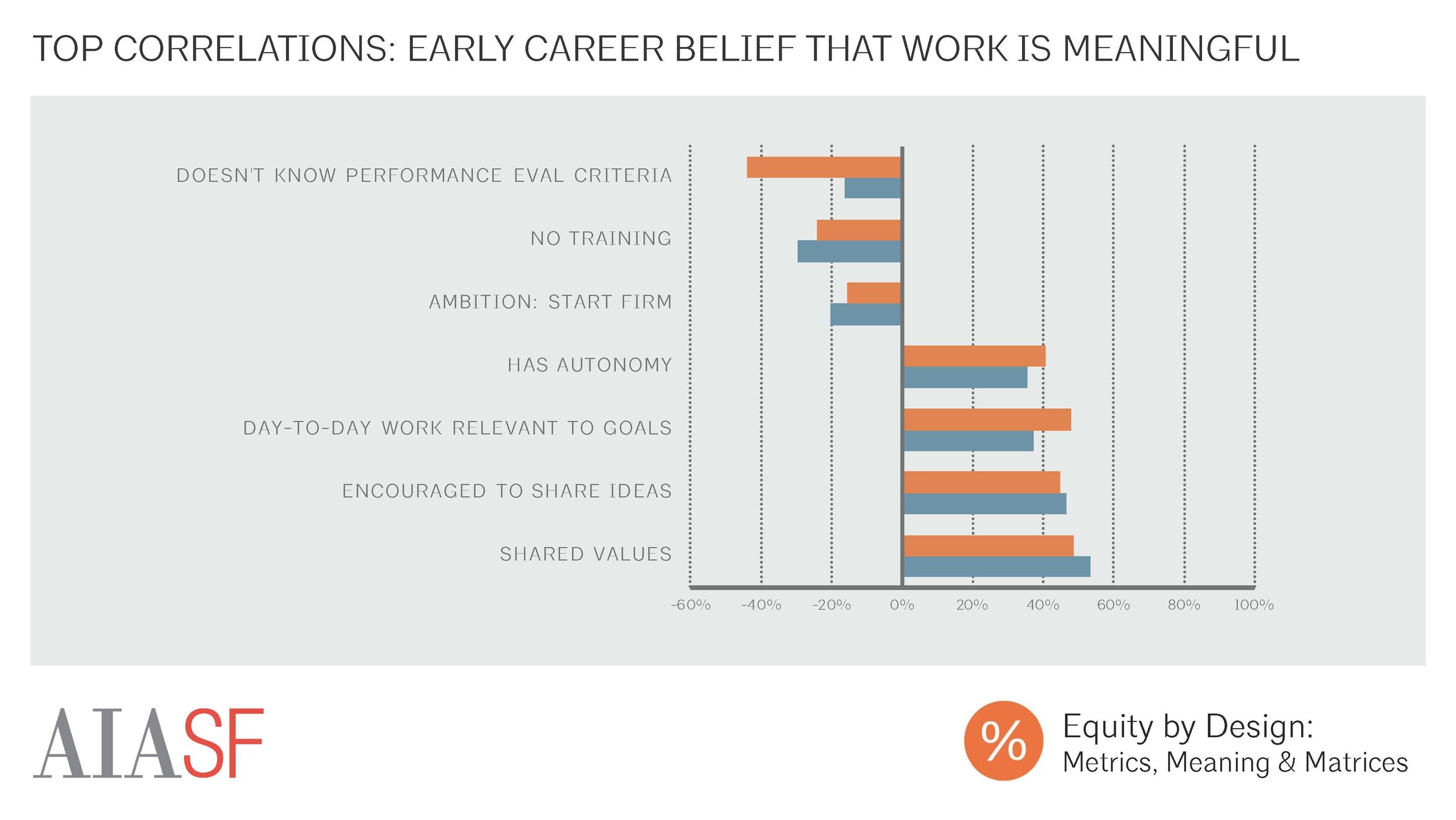
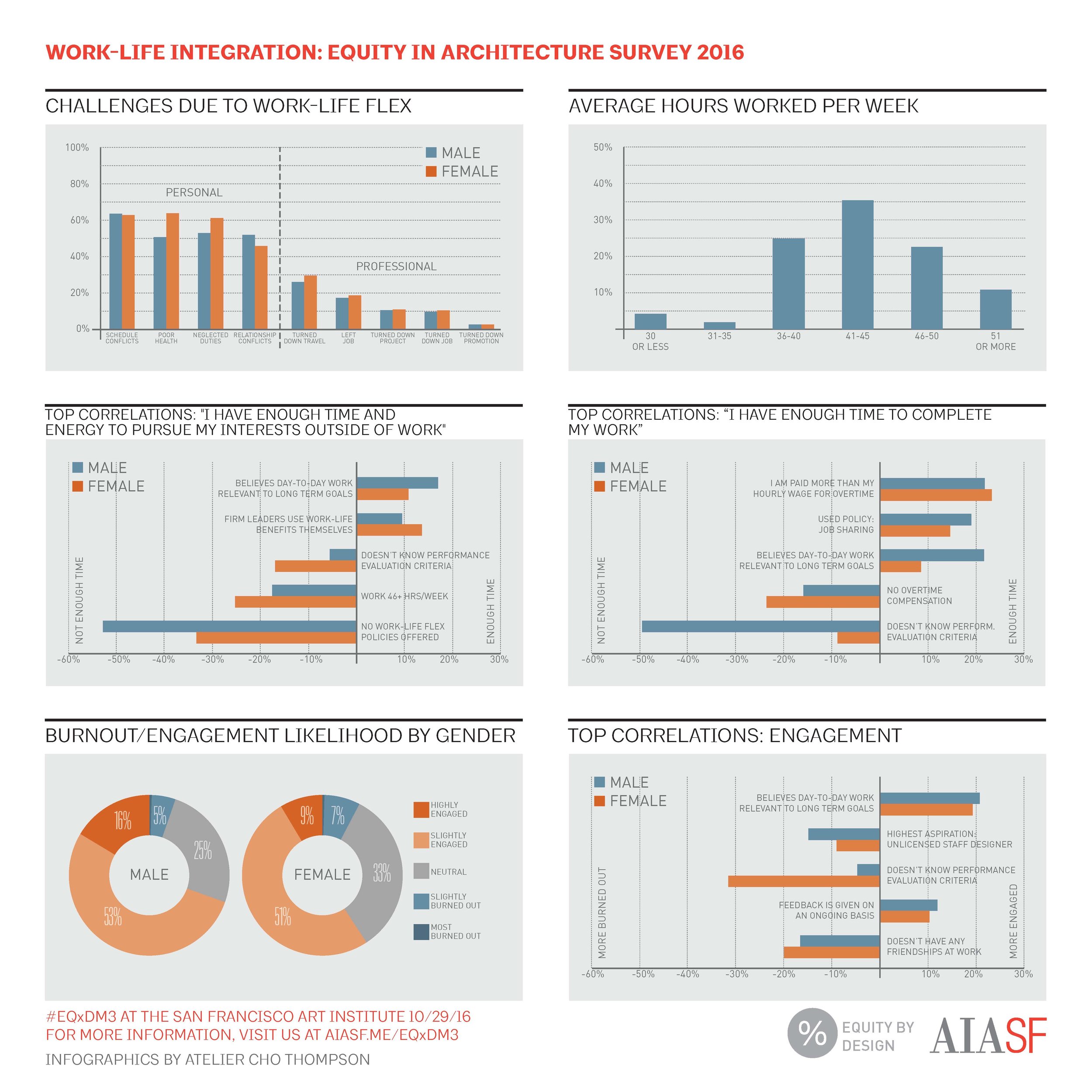


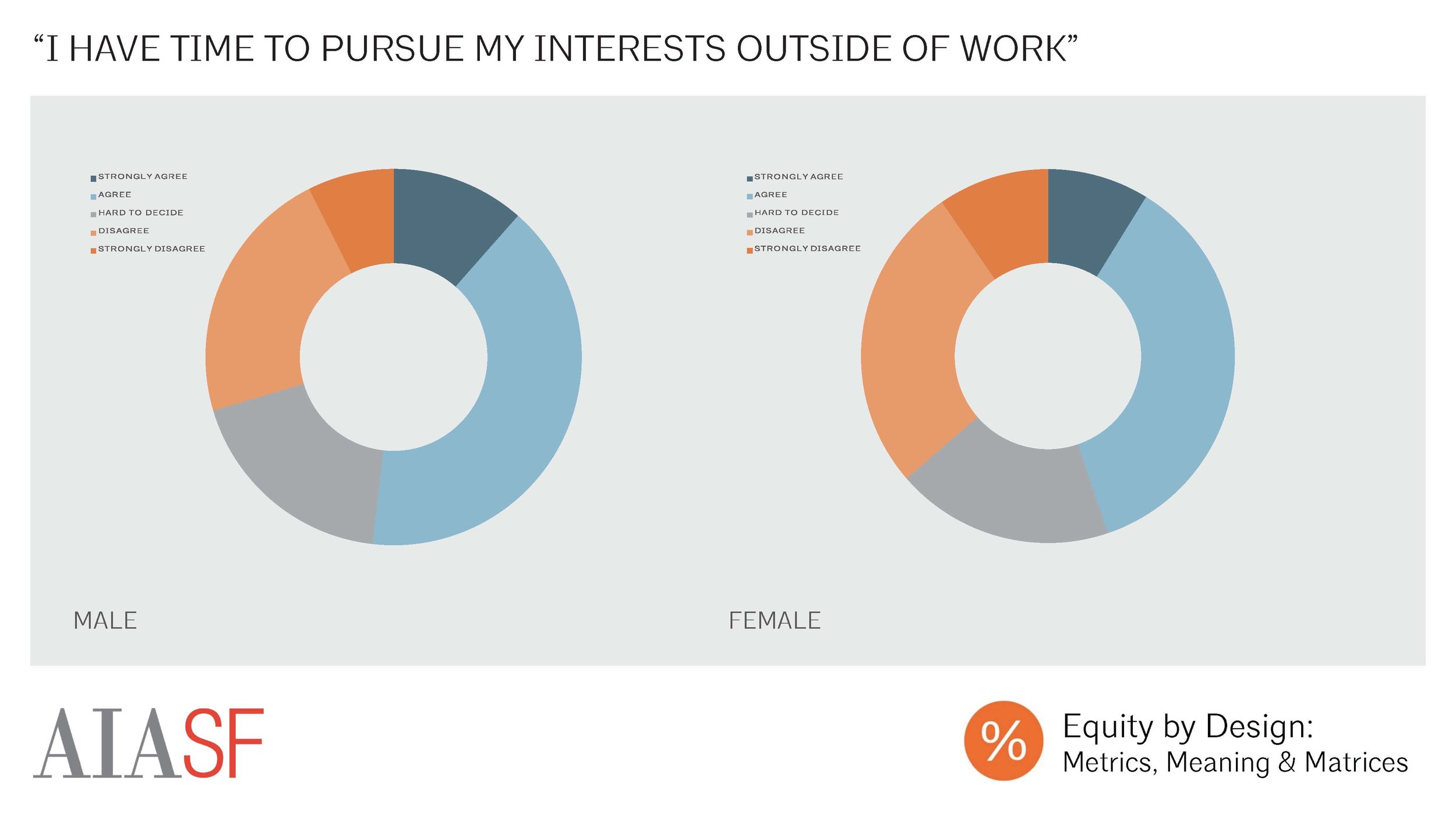


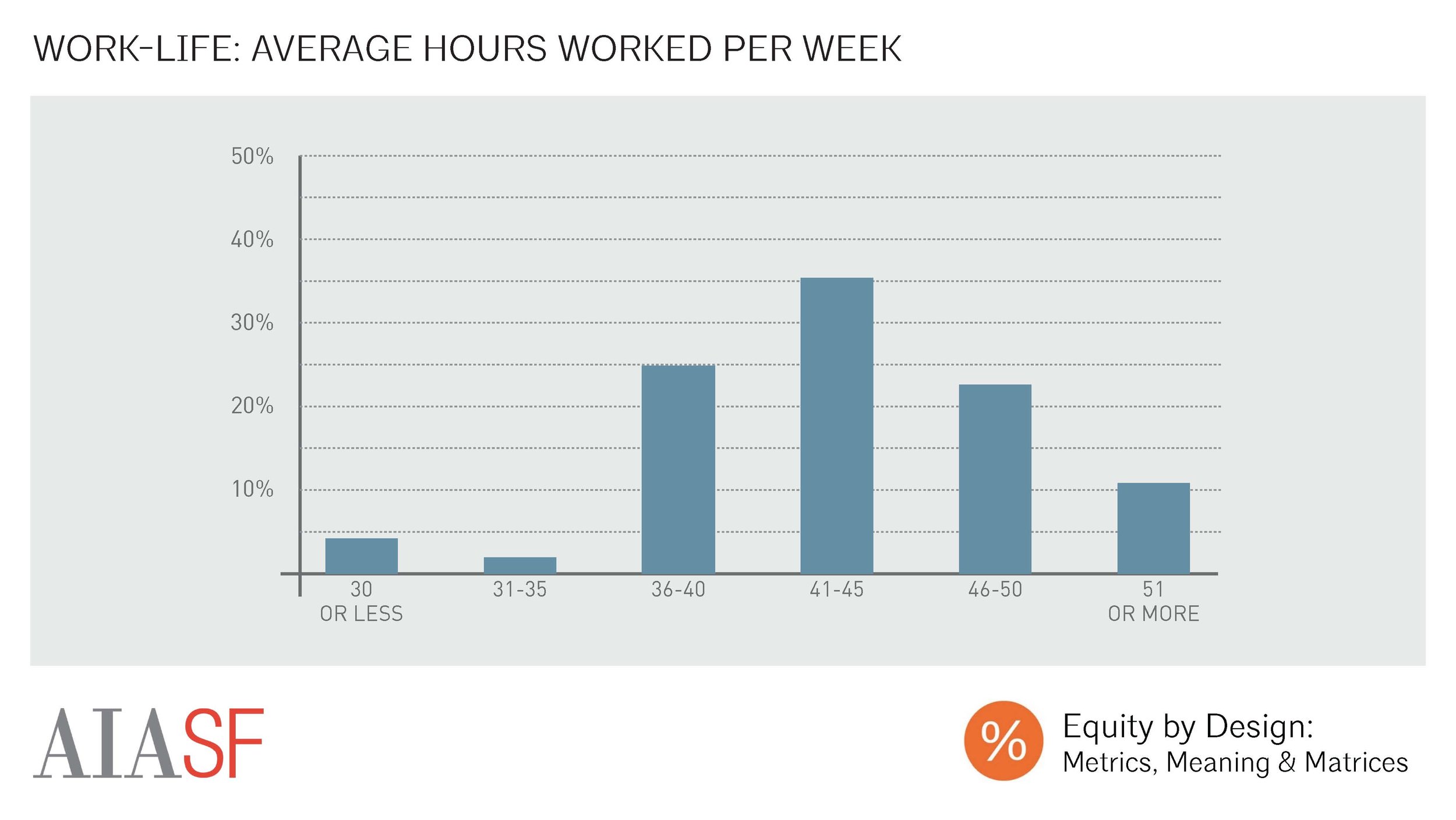




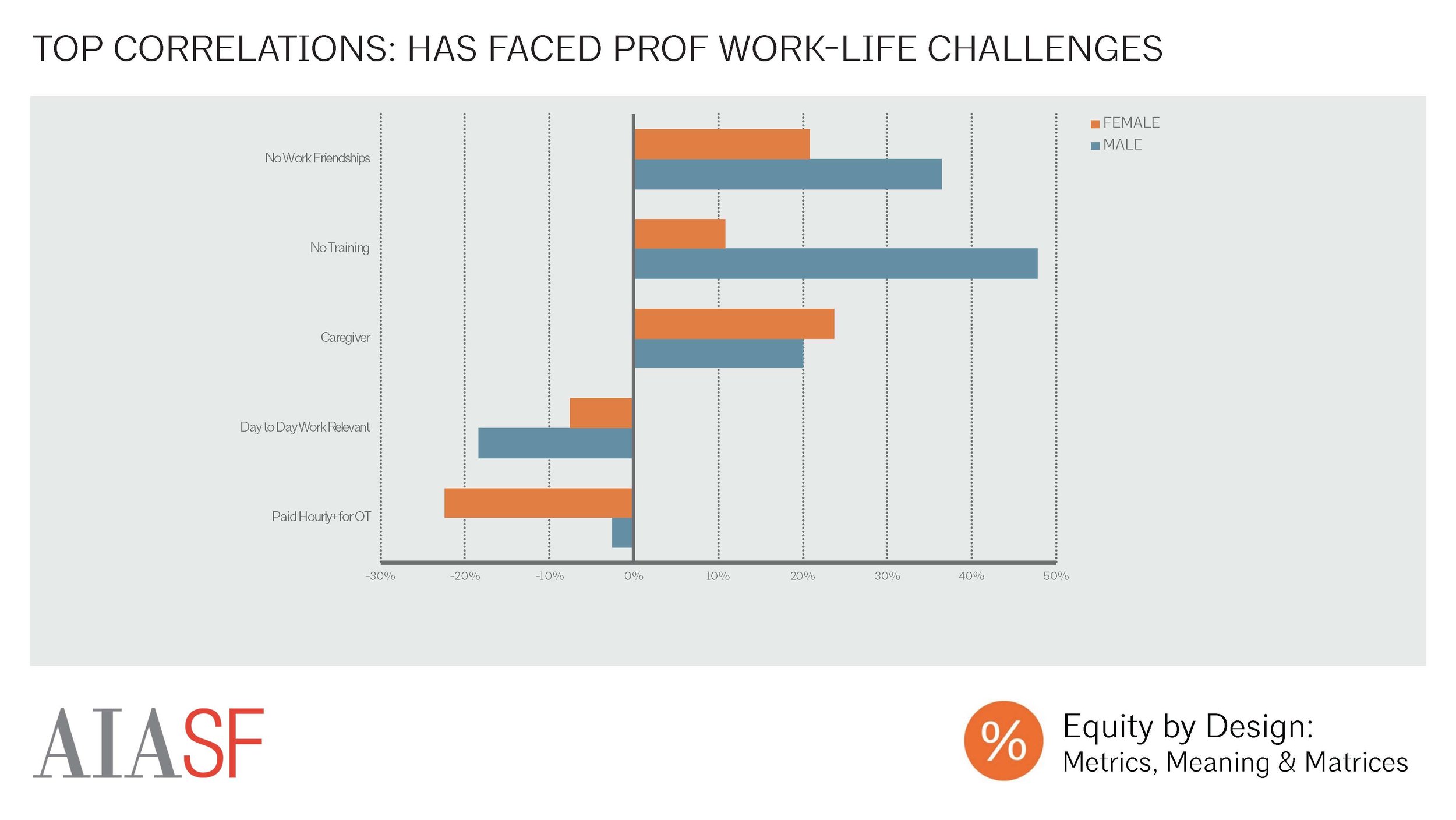



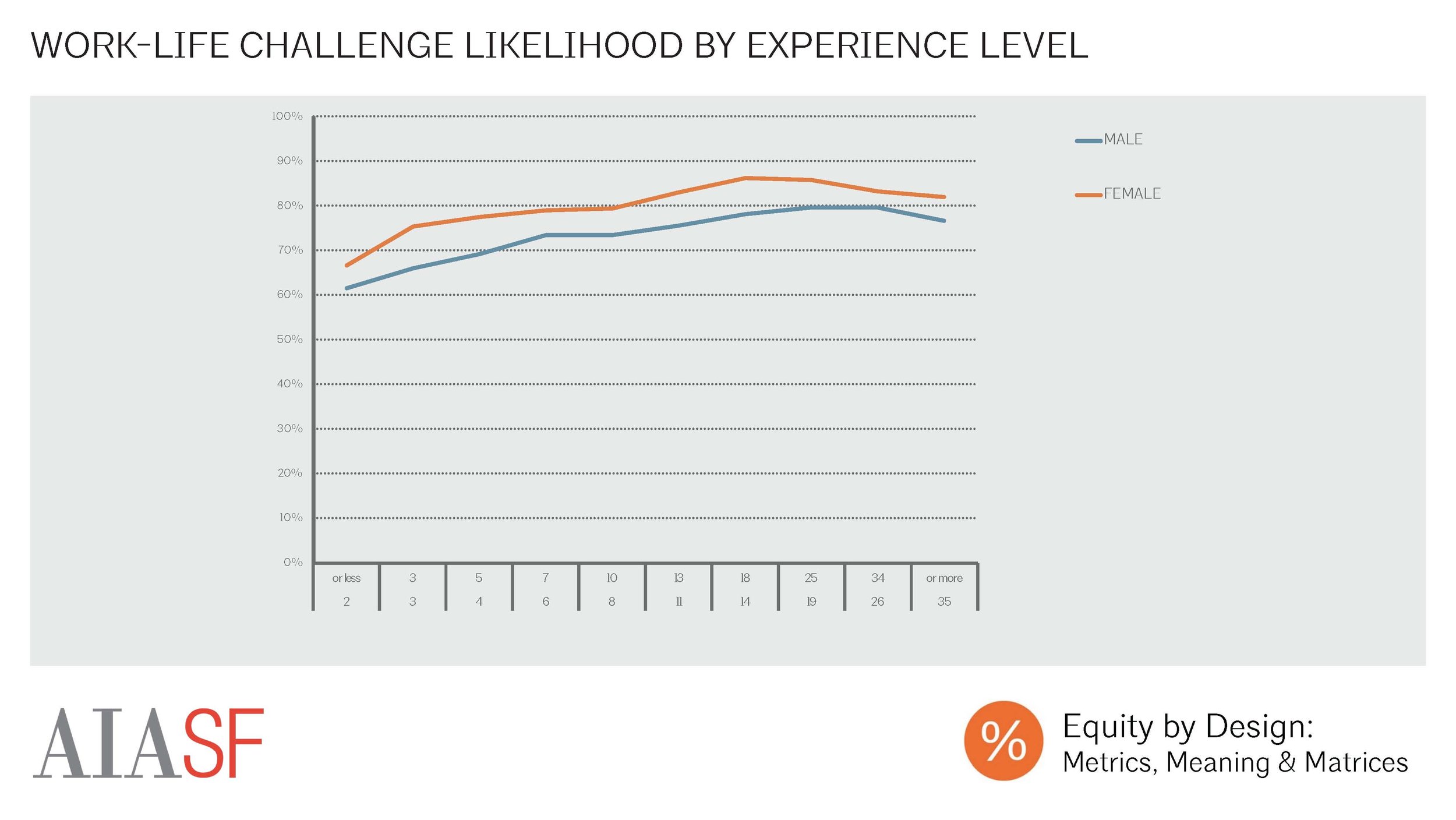
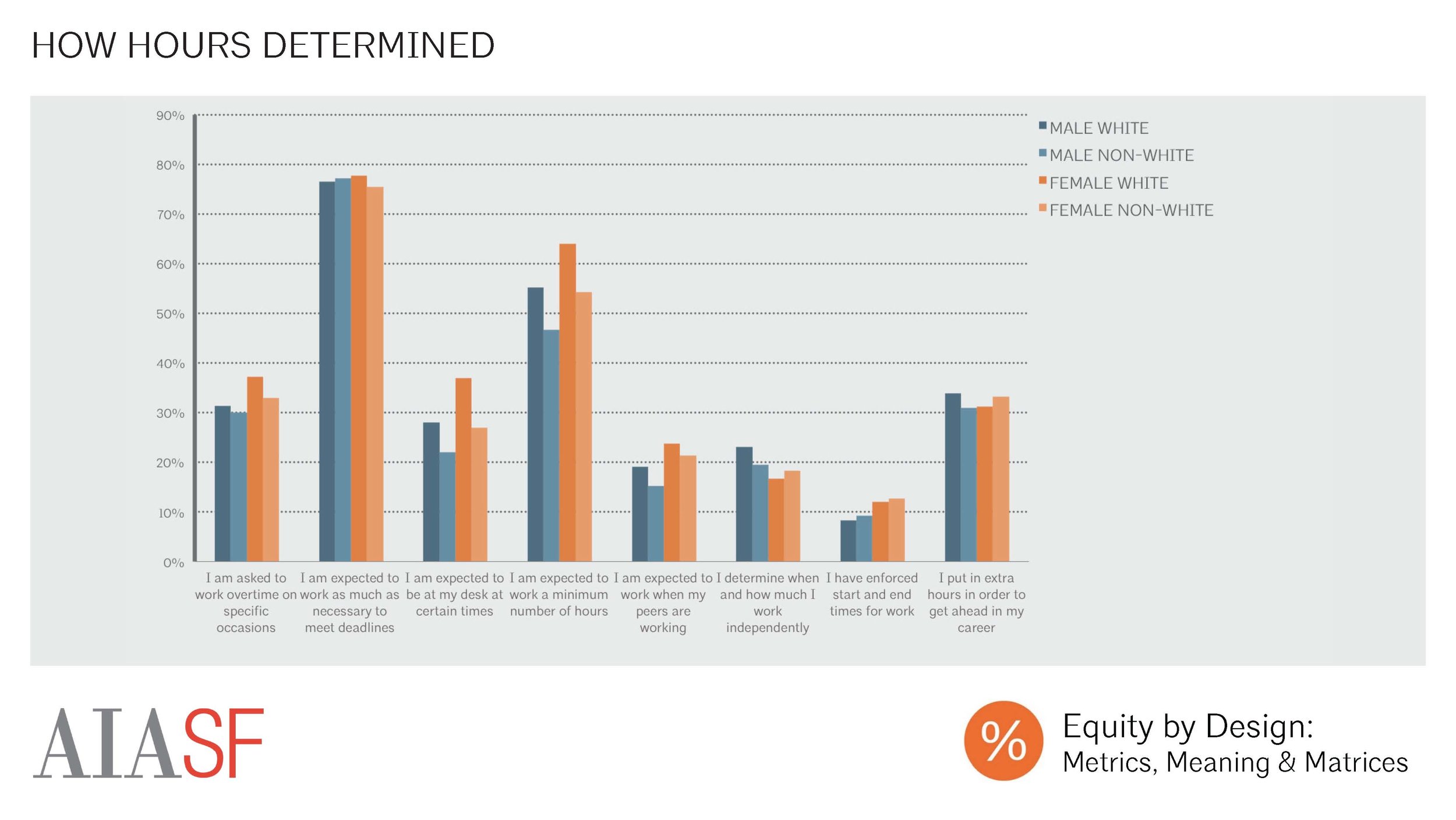


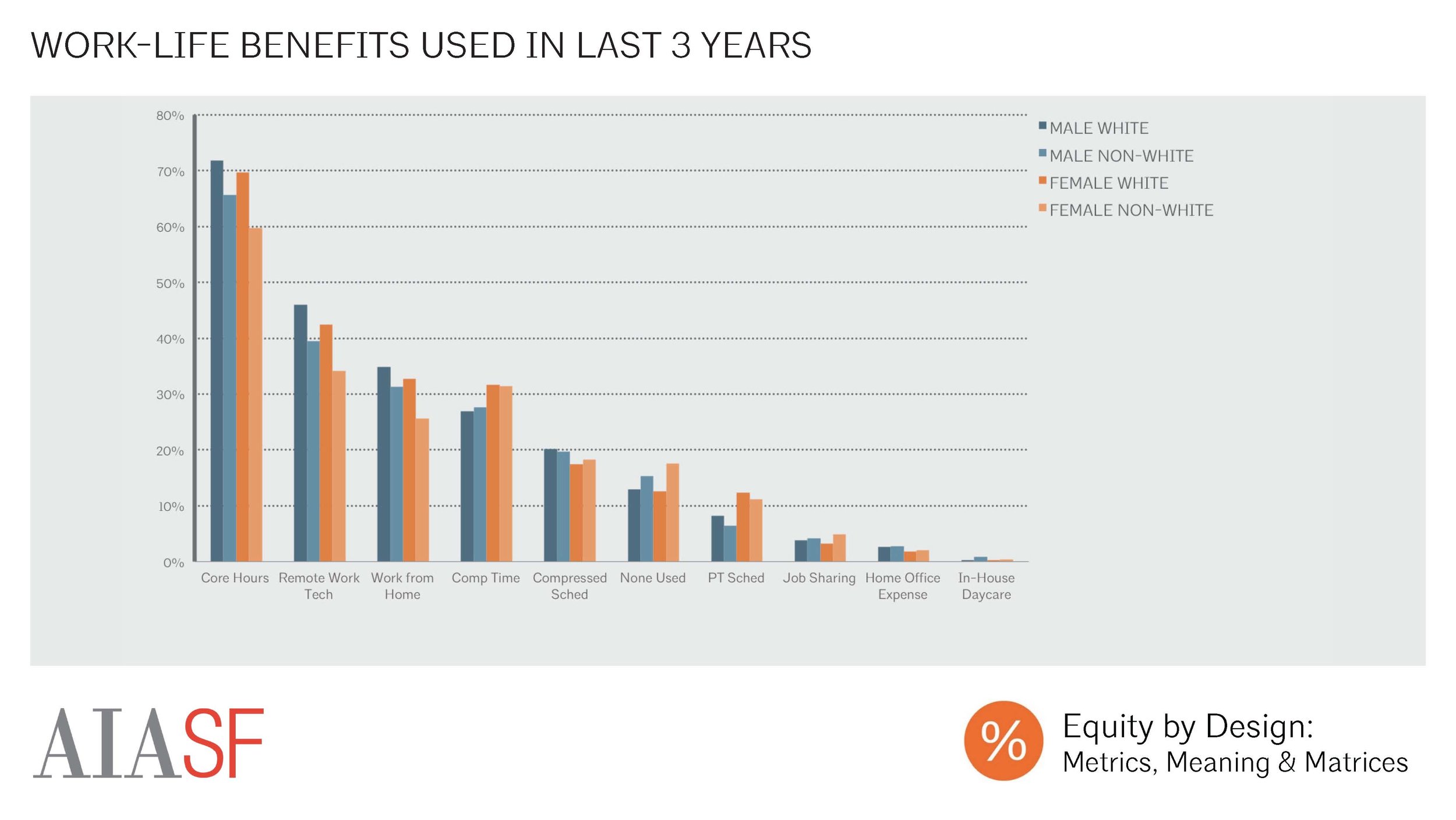
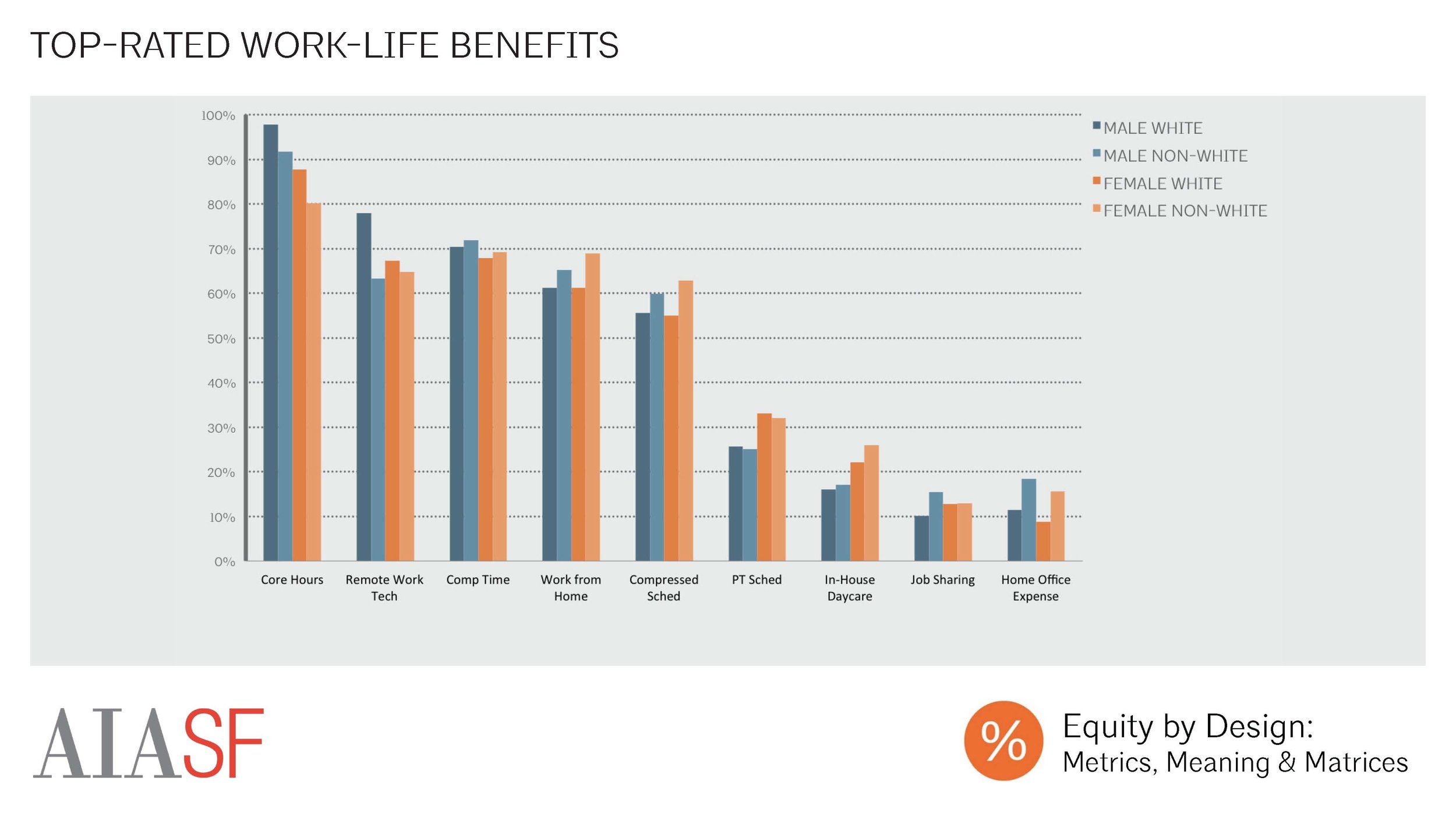
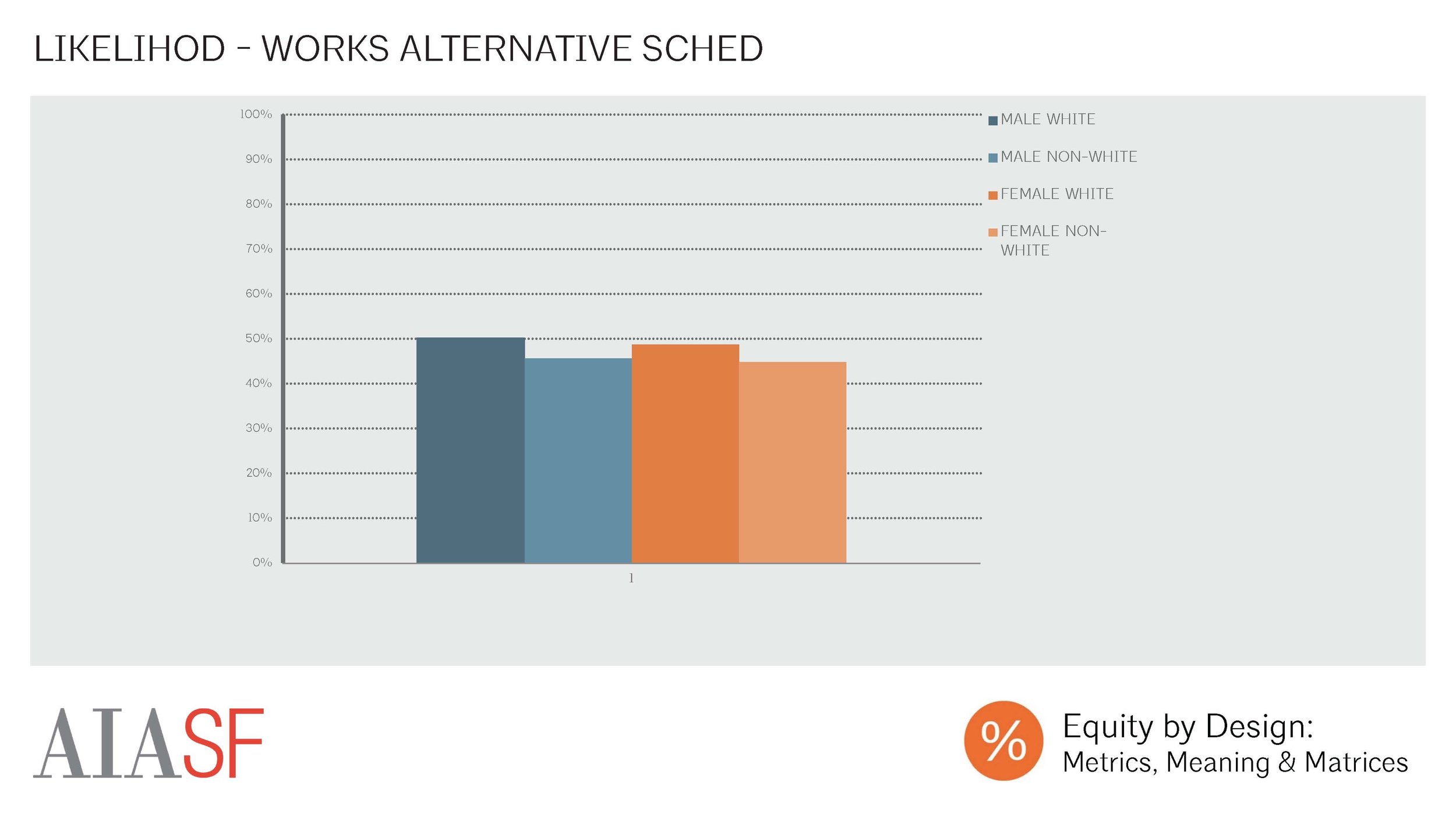
























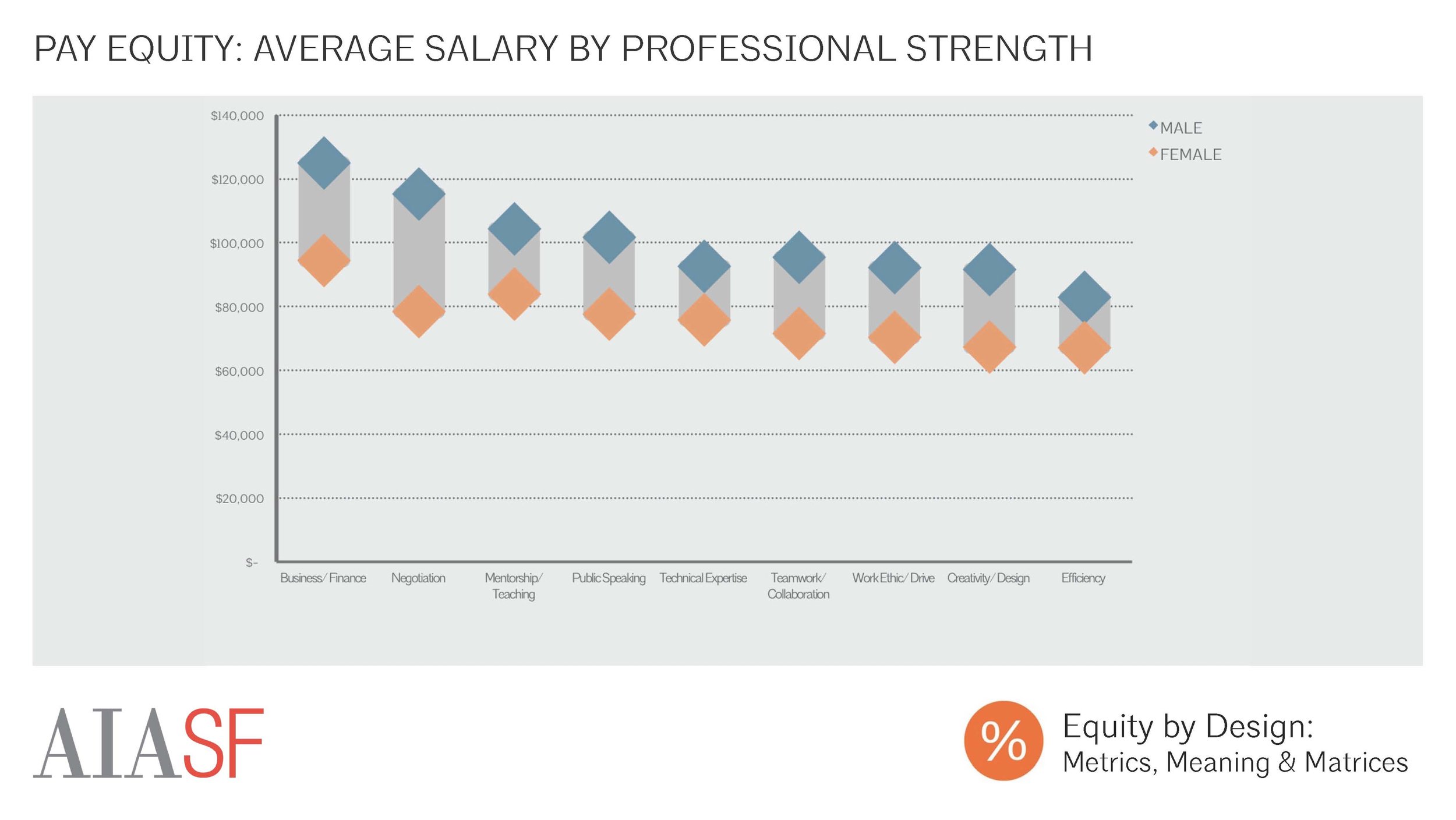



























It’s not just about negotiating an individual’s salary, but also about building a skill set that is invaluable to any architecture firm. If you are not building your negotiation skills, you are leaving money on the table for client fee proposals and additional services. You also won’t be advocating for your clients with contractor’s change orders.